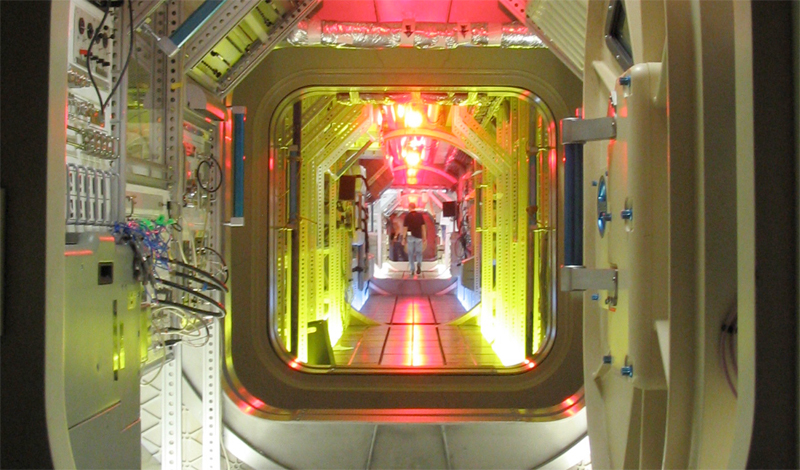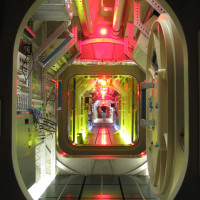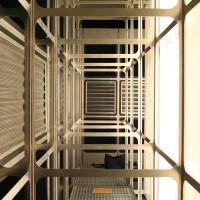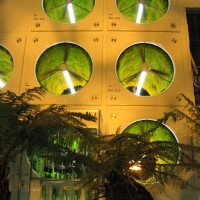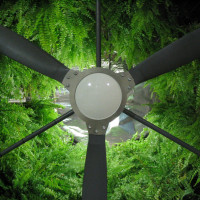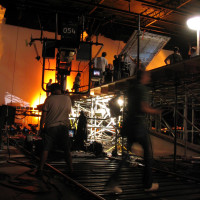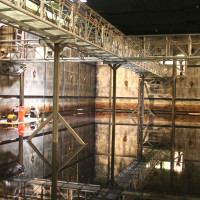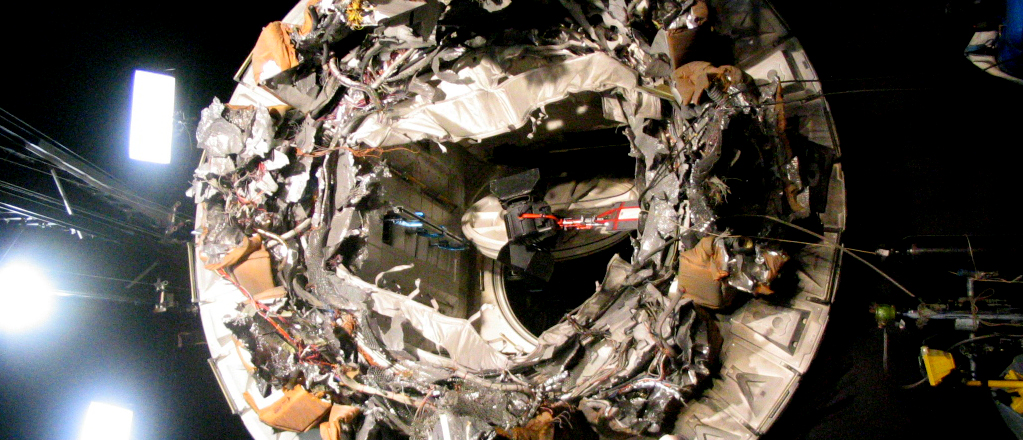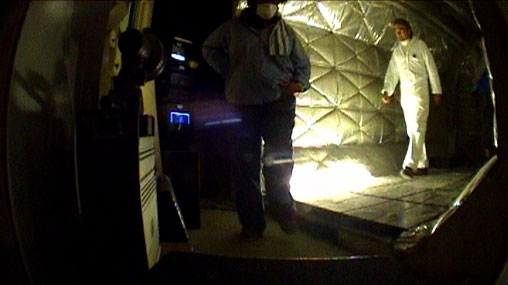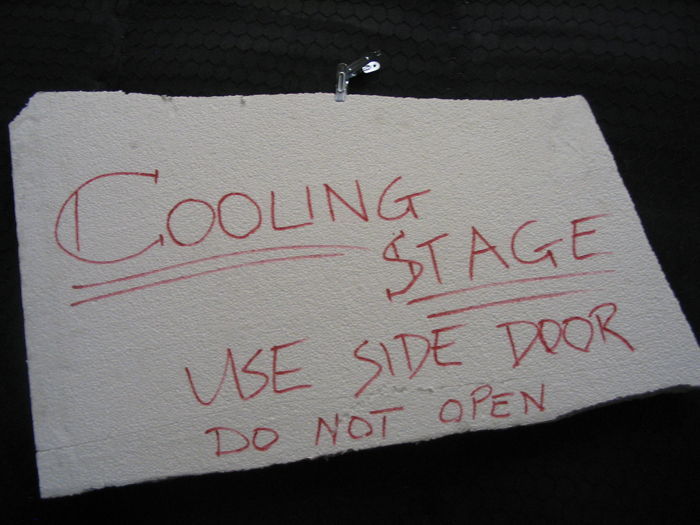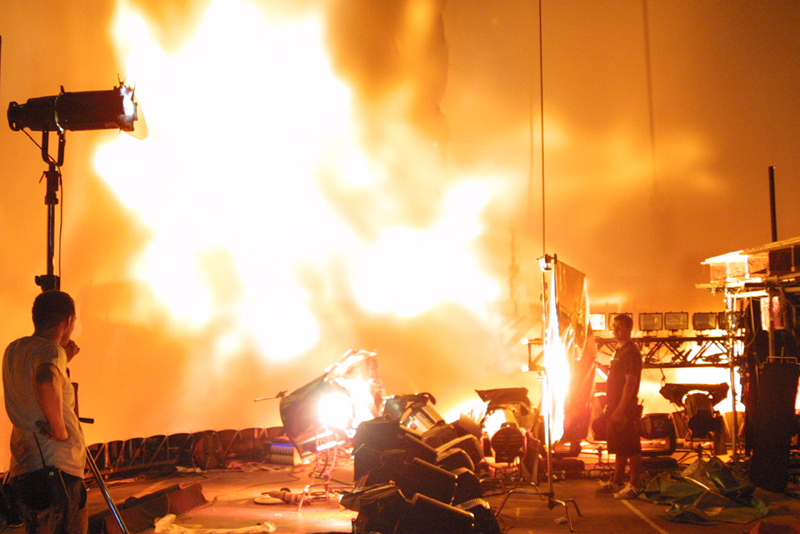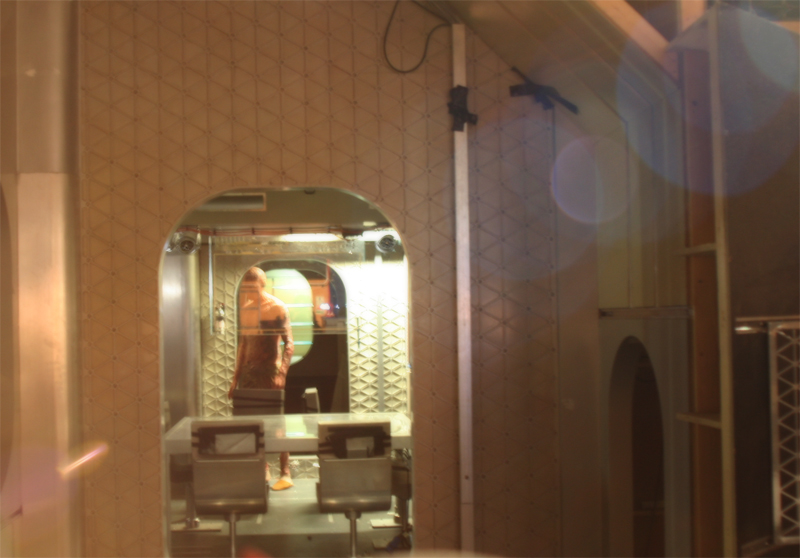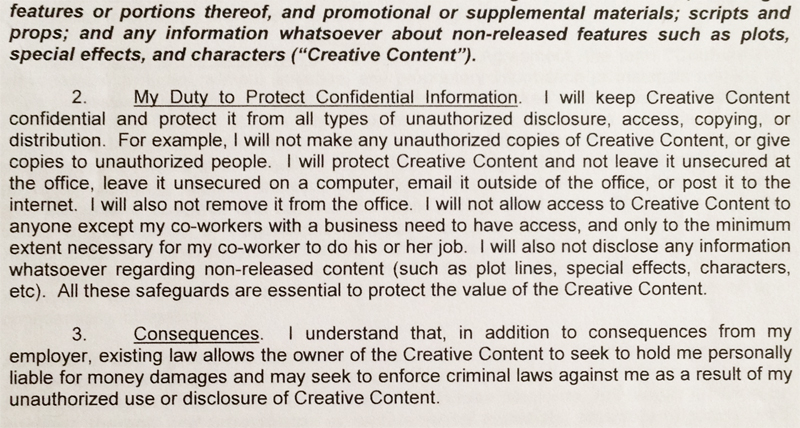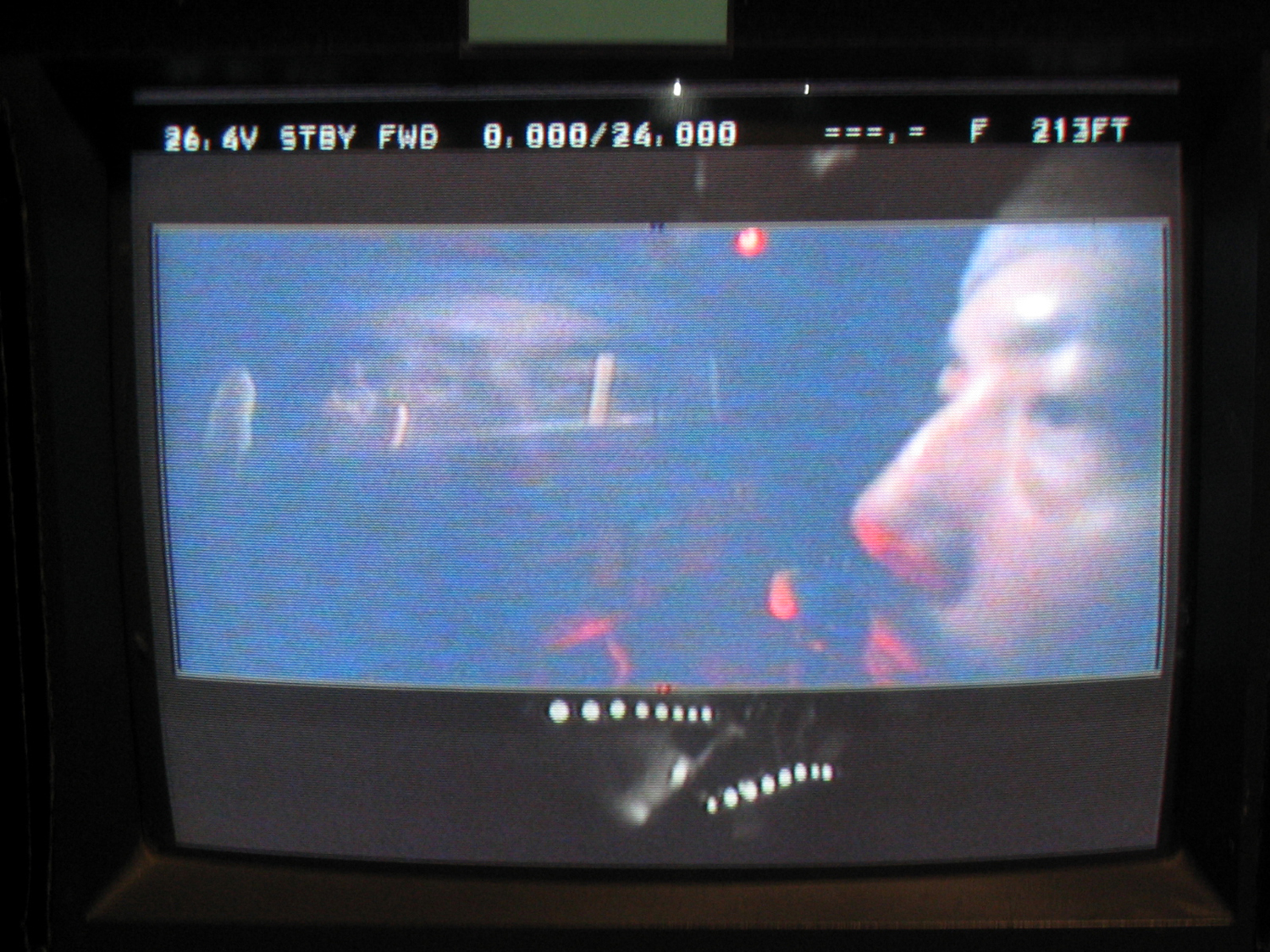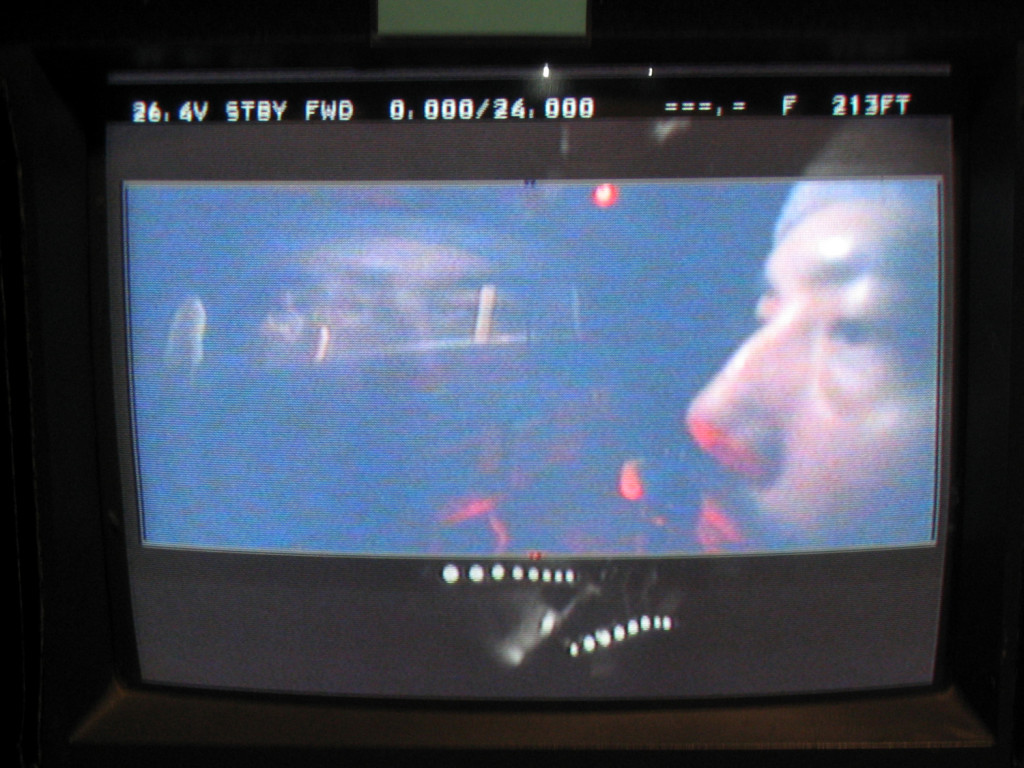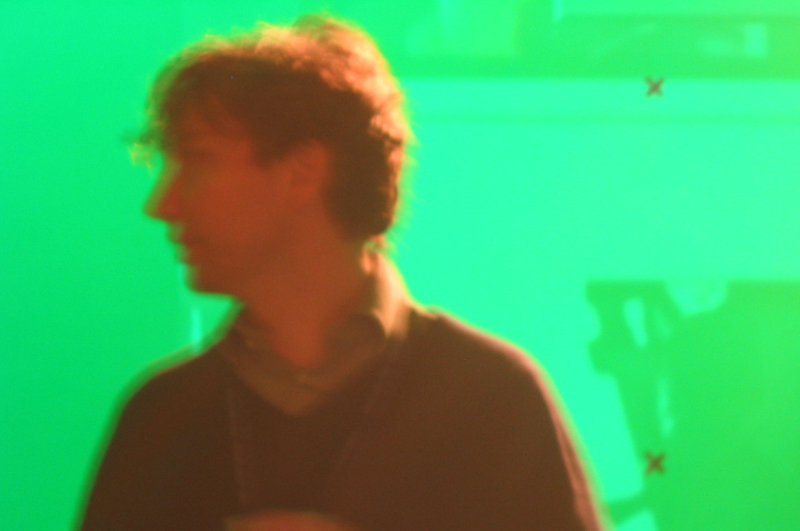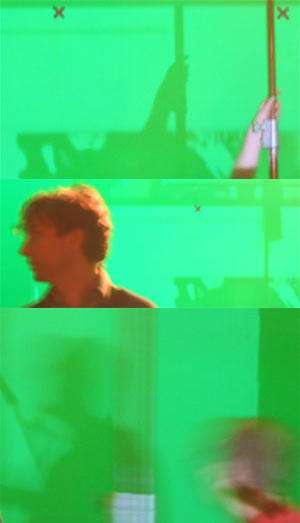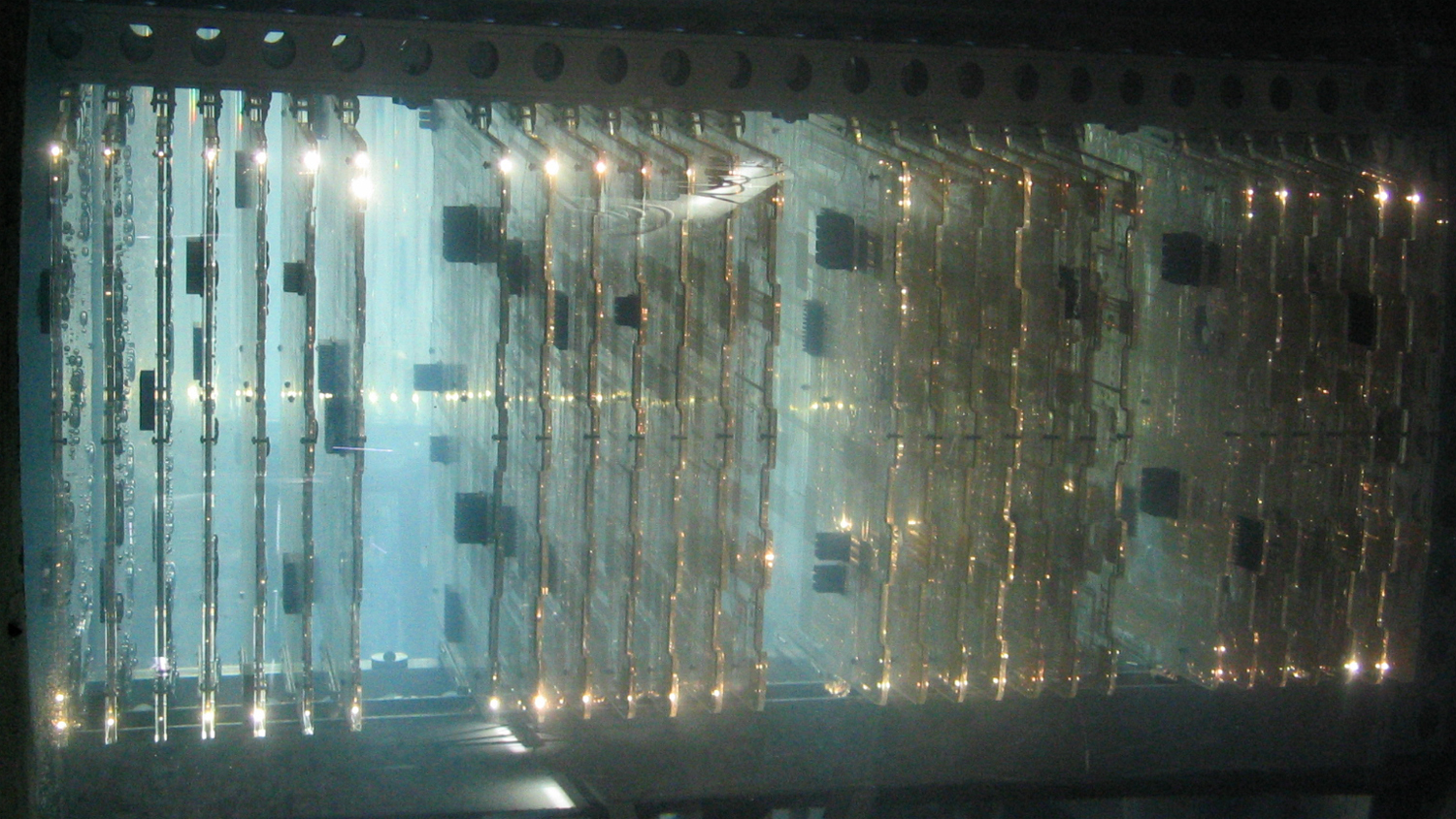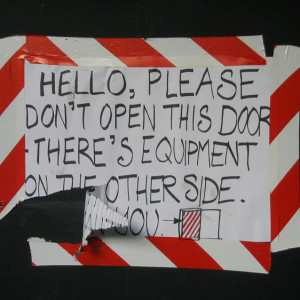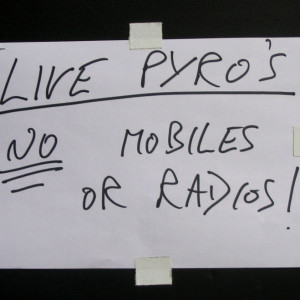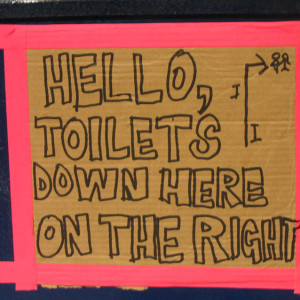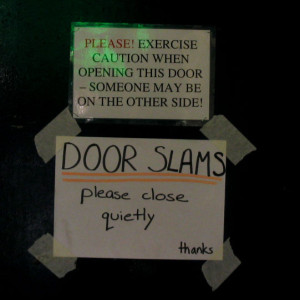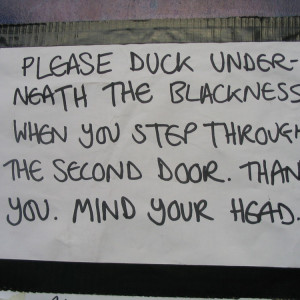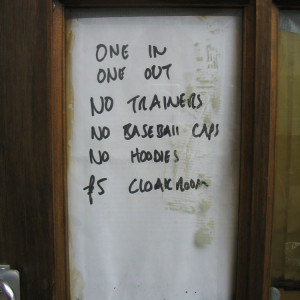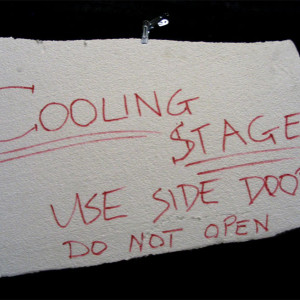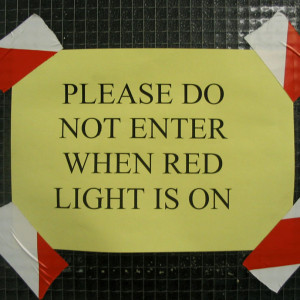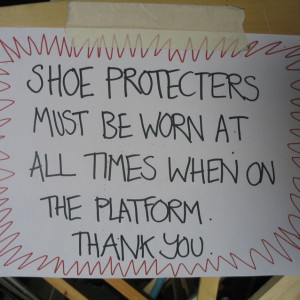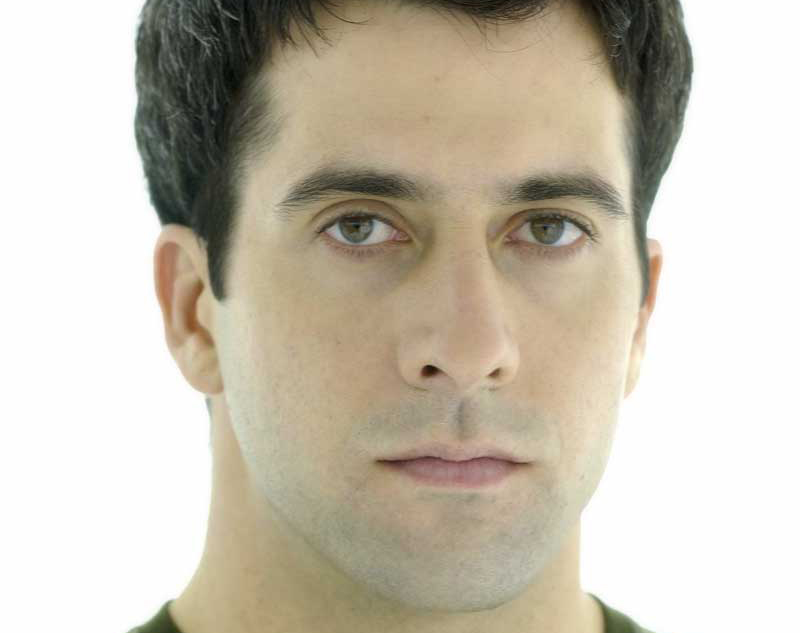First, you need to think about the purpose of the mission.
Go.
Then, you need to think about whether or not it will be launched from and land on Earth or from low Earth orbit.
Go.
Then, you need to think about whether it has passengers and/or payload.
Go.
Then, you need to think about living quarters, communications, electrical and computer systems, life support and how they are accessed.
Go.
Then, you need to think about how it can be easily built and maintained.
Go.
And if you are Mark Tildesley the Production Designer, before you are good to go, you’ve got to think of all of those things in several different ways.
First, in order to be believable, Mark has to think of designing a spaceship as if it was for the real world. The credibility of the film would crumble if the design of the ship was fundamentally wrong- for example, if the ship was a big cube and the characters talked about the smooth launch from Earth. Reading about and studying spaceflight and spaceship design, and talking to engineers, astronauts and scientists is vitally important. Mark’s office is full of books and images on space, spaceflight and spaceships. The walls are plastered with photographs of the International Space Station, inside and out. He immersed himself in ’space’. Most importantly, for this film, he has to think about the fact that it’s going to the awesome, boiling beast that is THE SUN.
Second, the film takes place in the future, 50-60 years in the future. Mark has to read up on technology and the future to get an idea of what, realistically, might be possible (let’s just say you aren’t going to see any replicators or tractor beams in the film). He also has to look back to the past to try and get an idea of just how much our world has changed over the past 60 years to see how much it might change in the next 60 years. For example, we still have cars that are “cars” rather than personal helicopters or hovervehicles, and though the design has been streamlined and the technology of the cars’ system has advanced, someone from 60 years ago would still recognise it as a car. Mark’s designs need to be recognisable, yet realistically, technically advanced.
Third, Mark needs to think about the aesthetics of the design- basically, it needs to look really cool. NASA engineers just have to make something functional and if they stumble upon an iconic design then so much the better (did you know that the external fuel tank on the Shuttle is orange not because it looks cool, but because to paint it white would add 500kg in weight?). Mark has to create a functional yet iconic spaceship, no questions asked. Otherwise what will they put on the T-shirts and coffee mugs?
Fourth, he has to think how this spaceship is going to be built in seven different buildings on a film studio lot. Unfortunately, there isn’t a studio here that is about one kilometre long so that the whole ship could be built as one big set. He also has to work out how much filming will be done on each set, how long it will be needed for each block of filming.
Fifth, he has to think about how it’s going to be used in the film. He needs to go over the script with a fine toothed comb and work out the layout of the ship, what the characters need to do in each space, how they get to each section, how many of the characters’ private cabins need to be built, how much ‘corridor’ needs to be built for each different set…
Sixth, he needs to think about how each set is going to be filmed – a tiny, little, enclosed room with no space for more than one person might not be ideal for a film crew. He also needs to think about special effects and CGI. How are they going to make the actors ‘float’ on this set? How are they going to “extend” that set so it looks like it’s a mile wide? Is every bit of the set going to be filmed or can just a small section of it be built?
Seventh, he needs to think about how it’s actually going to be manufactured. There isn’t a big shop called ‘Movie Spaceships Galore’ that he can just walk into to get everything he needs. Every panel, every rail, every floor surface, every nut and bolt needs to be sourced or manufactured. And that’s just the shell of the set.
Eighth, he needs to think about how it’s going to be built. Does every set need to be finished at the same time? Is there any way that one stage can be used for more than one set? How many people will it take to build this (over 200, as it happens)? Will it be finished on time?!
Ninth, he needs to think about the smaller stuff – how it’s going to be lit, where the lights will be placed, what props are needed and where. There are the monitors, the switches, the sockets, the cables which make it start to look like a working spaceship. Then there is everything from pieces of paper with formulas scribbled on them, to the kitchen, to cupboards filled with medical equipment, to all of the idiosyncratic ’stuff’ that makes one character’s bedroom different from another’s.
Tenth, he needs to think about the outside of the spaceship. How does it move? Where are the thrusters? Where is that thing mentioned on page 98?
Along with all of that he’s also got to think about how much it’s all going to cost (a massive amount, right, Andrew?!) and how to get it all done within the budget.
The whole process, from beginning to end, is entirely collaborative. He oversees and liaises with several different departments, all in charge of various different parts of the spaceship- the Art Department, Set Dressers, Props, Miniatures, Special Effects, Visual Effects… and I often see him in Accounts. For more than a year before filming started Mark has been working directly with both Danny and Alex to create a believable, functional, iconic spaceship.
It’s actually so iconic that all I can show you are these little bits…

